|
By Terry J. Lewin (RVRT Inc. Vice-President - RVRT Supporters’ Group) Extracted from RVRT Inc. Facebook Post – October 27th 2023: https://www.facebook.com/richmondrailtrail/posts/pfbid034ED9ReHbJrUvCkt3sFWrcPg6XYff1HovhAgF3TQD7hGGbsCTmmPY37X7LjLherGWl
Engagement: Community discussion about the Richmond Vale Rail Trail (RVRT) began around 30 years; however, RVRT planning has only gathered pace during the last decade, following the initial feasibility study in 2014. Since then, the RVRT has been identified as a priority project in multiple Hunter Regional Plans (October, 2016; December, 2022) and numerous other local plans. To date, there have been thousands of pages of planning documentation, assessments, reports and submissions, and 27.5 km of the proposed 32+ km RVRT (from Shortland to Kurri Kurri) has received initial concept level approval. The potential multi-layered RVRT benefits are also now well acknowledged (including: community access and connection; health and lifestyle benefits; environmental and heritage appreciation; economic and tourism; as well as cycling-specific safety and commuting benefits) – and the trail will essentially be free to use. The RVRT will also link metropolitan and rural communities and attractions, and provide a unique conservation conduit for accessing coastal wetlands, national parks and reserves. In addition, the RVRT will be an essential element within the proposed broader 100+ km ‘Shiraz to Shore’ Hunter Cycle Trail, an initiative of the Hunter Joint Organisation of Councils (Hunter JO). Hunter JO is currently developing an overarching Hunter Cycle Tourism Strategy, as well as Concept Plans and a Business Case for the Shiraz to Shore Trail. Together, we need to continue to promote integrated trail development that optimises the identified benefits for both local communities and the overall Hunter Region. Co-operation: While, at times, progressing the RVRT seems to be a ‘painfully slow’ process, we do need to acknowledge that there has been a significant level of support and co-operation. For example, a substantial effort has been made over the years to protect the RVRT corridor, involving tens of millions of dollars of public expenditure – starting with F3/M1 tunnels/culverts at Lenaghan, then careful construction of the Hunter Expressway sections above or near the historic railway tunnels and, more recently, detailed planning for the M1 Extension to Raymond Terrace and the Lower Hunter Freight Corridor, which sought to minimise potential impacts on the RVRT – so, it will be very wasteful if we don’t finally get the job done. As noted elsewhere, we will continue to need ongoing region-wide co-operation, support and advocacy – from community members and groups, local businesses, government agencies, and all of our elected representatives – if we are to succeed in making the RVRT and the broader Shiraz to Shore Trail a reality. The required level of regional co-operation and support was well illustrated during last month’s planning-related RVRT visit/walk to Tunnel #1 and the nearby railway cutting (on Sept. 29th 2023). This visit was designed to further familiarise our elected representatives with the sorts of experiences trail users are likely to have, which will also assist them to better understand and promote the RVRT (and the Shiraz to Shore proposal). We also acknowledge the fact that Stockrington State Conservation Area (SCA) is largely closed to the public and that NSW National Parks and Wildlife Service (NPWS) Officers had to undertake additional safety/risk assessments and other tasks prior to this RVRT visit taking place (with some additional assistance from RVRT Supporters’ Group members). Advocating for appropriate levels of funding is also important – to build the RVRT properly and reduce the maintenance burden on Councils. Likewise, we need to provide some funding support for ongoing protection of NPWS assets and functions, as they are responsible for land management and conservation along or near most of the RVRT route. Once again, thanks to the 18 attendees at the RVRT visit/walk, which included: four elected representatives [Meryl Swanson (Federal MP for Paterson); Dan Repacholi (Federal MP for Hunter); and Mayor Jay Suvaal and Cr. Rosa Grine from Cessnock City Council]; three senior representatives from Hunter JO; four NPWS Officers; six committee members from the RVRT Supporters’ Group; and Belinda McNab (from the Office of Meryl Swanson), who helped to co-ordinate the event (and took most of the photos on the day). The images accompanying this Post illustrate the walking path chosen for the Sept. 29th visit, as well as the key features within that RVRT subsection, and the enthusiastic discussions that took place. Connectivity: Further planning approvals will be required for some of the immediate RVRT connections, including: linkages from Shortland to the University and the broader Newcastle cycleways network (and potential connections via Tuxford Park to the Hunter Wetlands Centre); the Tarro connection and associated links to the broader Maitland community; and linkages to Blue Gum Hills Regional Park and the proposed Winten residential subdivisions around Minmi. Right across the region, we also need to continue to ensure that other shared pathways are carefully designed and inter-connected with the RVRT – facilitating improved and safer linkages between local schools, parks, recreational facilities, and shopping centres (within all five of the RVRT Hubs – at Shortland, Tarro, Fletcher, Minmi and Kurri Kurri) – and contributing to increased patronage and optimising the RVRT’s benefits and sustainability. Construction of the RVRT and associated inter-connectors will add directly to existing Newcastle and Lake Macquarie shared pathways (e.g., Tramway Track, Speers Point to Glendale Pathway, Fernleigh Track/FAST, Bathers Way, etc) – effectively doubling the length of potential off-road rides or walks within the Lower Hunter. Likewise, the addition of the western section of the Shiraz to Shore Trail (from Kurri to Pokolbin, and beyond) will considerably enhance the region’s appeal as a cycle tourism destination. Finally, all of the available evidence suggests that the RVRT will deliver a cost-effective array of life-changing benefits - so the sooner we get on and build it, the better! Thanks to all of our RVRT supporters. CONSTRUCTIVE COMMENTS AND FEEDBACK WELCOME.
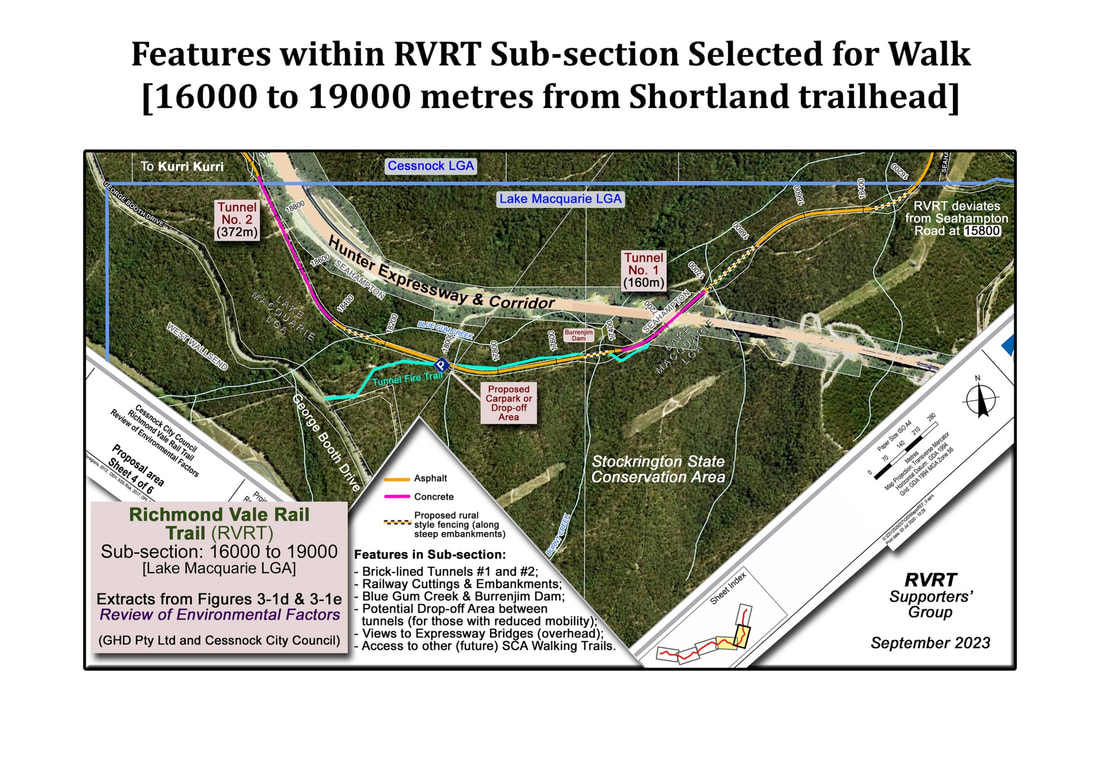 Image 2. Features within RVRT Sub-section Selected for Walk – 16000 to 19000 metres from Shortland Trailhead – within the Lake Macquarie LGA (Seahampton) portion of the trail. Composite image based on Figures 3-1d and 3-1e from the Review of Environmental Factors (REF, March 2022; GHD Pty Ltd and Cessnock City Council).
0 Comments
|
News Archive
|
||||||||


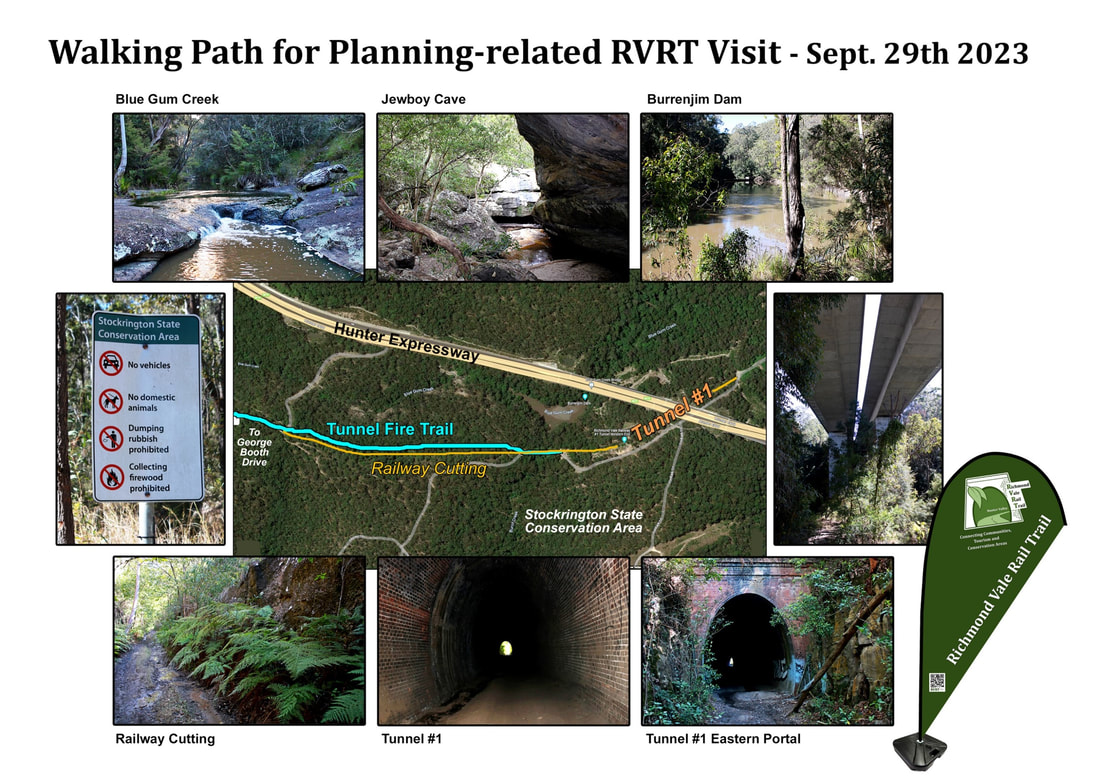
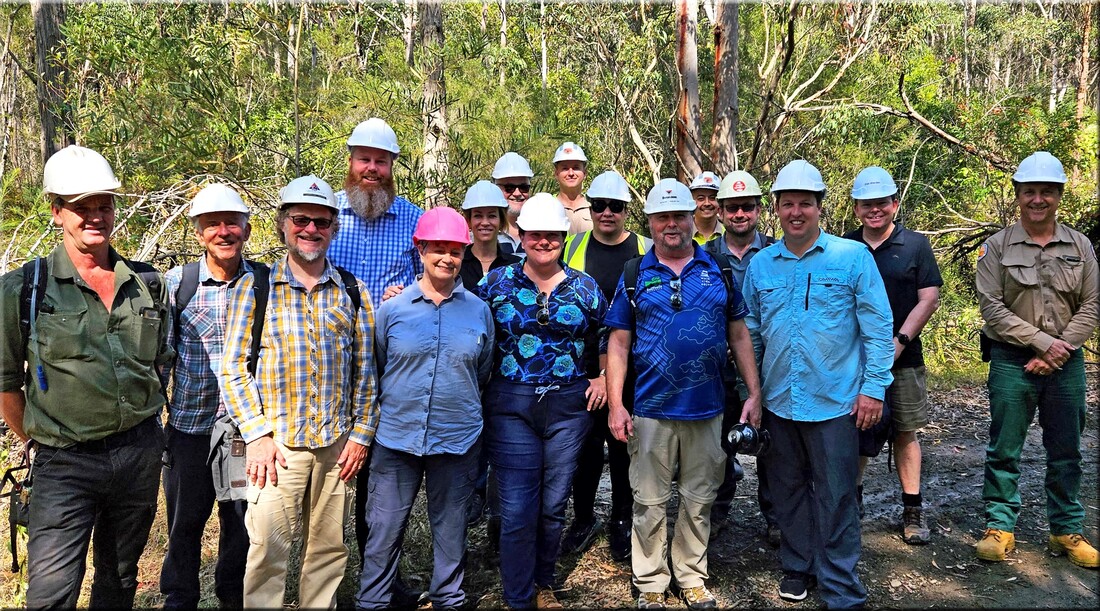
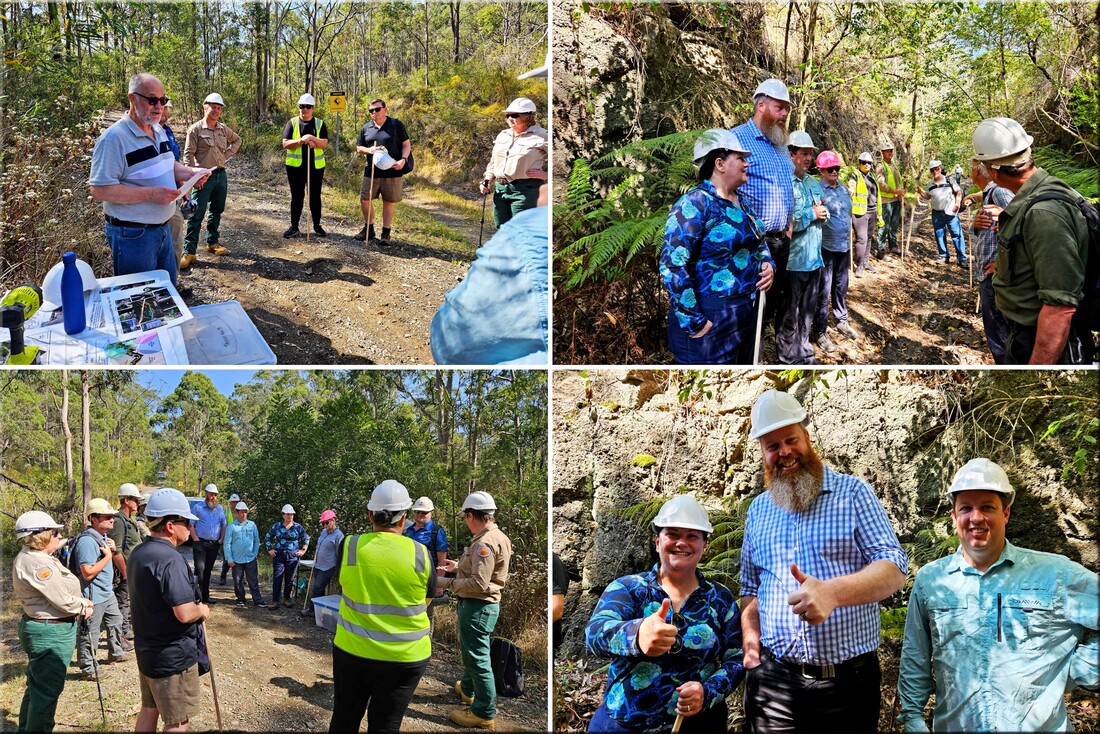

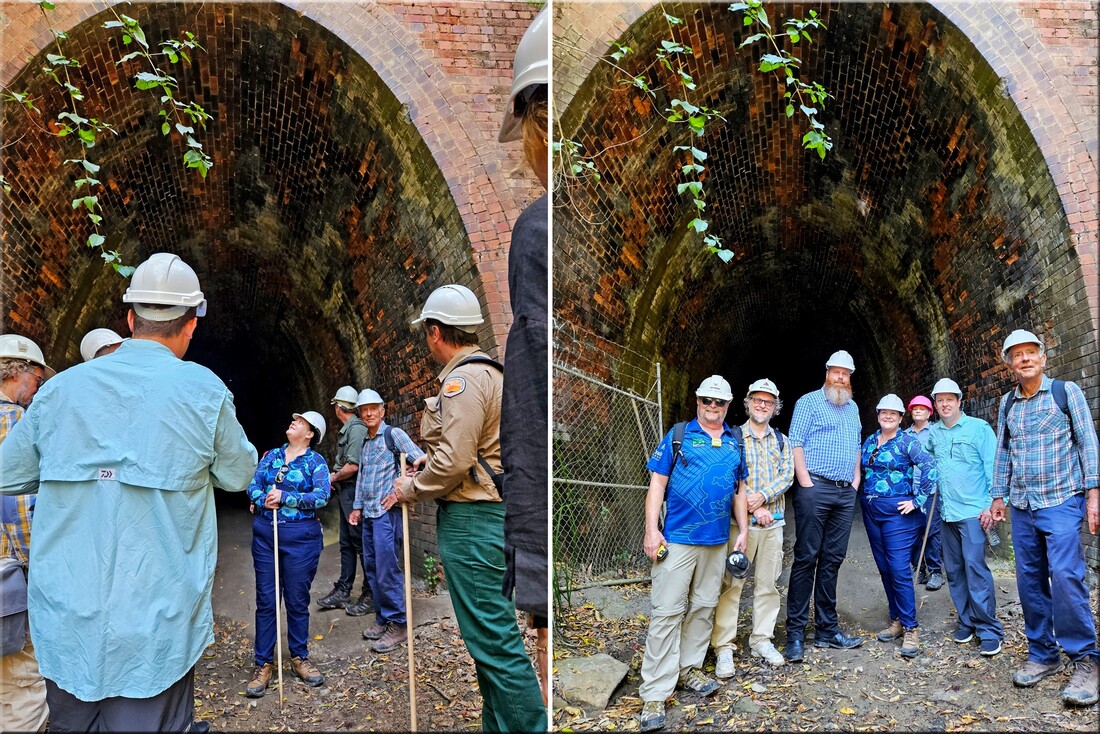


 RSS Feed
RSS Feed


